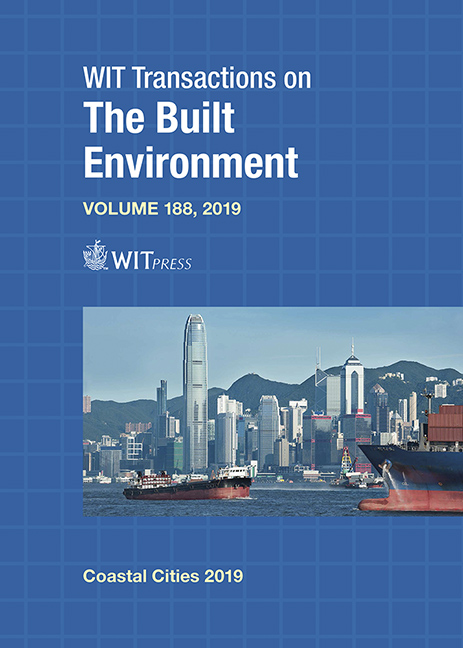GROWTH AND TRADE OF FOOD, SPICES AND MEDICINES IN AN AFRICAN COASTAL CITY: ACCRA, GHANA
Author(s)
ISABEL MARIA MADALENO
Abstract
The Gold Coast was first discovered by the Portuguese Pedro de Santarém and Pedro Escobar in 1471. Two years earlier, in 1469, the trade in the Gulf of Guinea had been leased to a wealthy Lisbon trader by King Afonso V, under the obligation to navigate further south to Sierra Leone in order to spread both the Christian faith and increase the empire. This paper starts with the examination of two 16th century manuscripts, by Damião de Góis (1567) and Garcia de Resende, where the first African palm trees, such as Elaeis guineensis, and spices like Amomum melegueta were mentioned. The methodology proposed also includes a survey of flora consumption in Accra, Ghana, formerly known as the Gold Coast, independent from Britain in 1957. The cross-examination of the cultivated and traded species will determine the results, aiming to compare the useful flora and their uses during European expansion and in contemporaneity. Results prove that the African spice mentioned in the manuscripts was replaced by Capsicum annuum and chinense, but palm fruits are still smashed and consumed in stews; the seed is used to make oil and the flower is burned to smoke away undesirable mosquitoes. These insects can transmit such diseases as malaria, for which poor people drink boiled leaves of pawpaw (Carica papaya) and Moringa citrifolia to ease fever. A total of 101 plant species were recorded in 2018, mostly used as food. The hope is to contribute to a better understanding of the evolution of flora consumption in Africa, initiated by this scientific mission of the University of Lisbon to Ghana. A second objective is to present the trend to increase the wellbeing of urban residents in Accra.
Keywords
Accra, food, medicines, wellbeing






